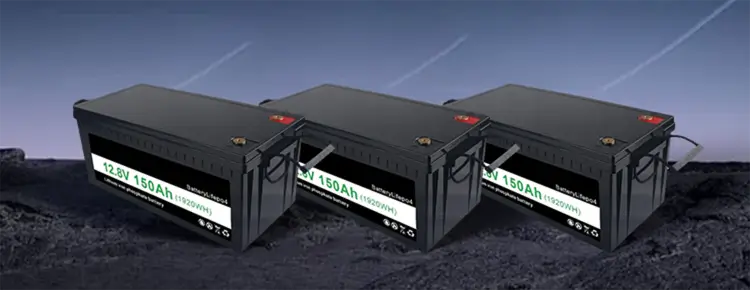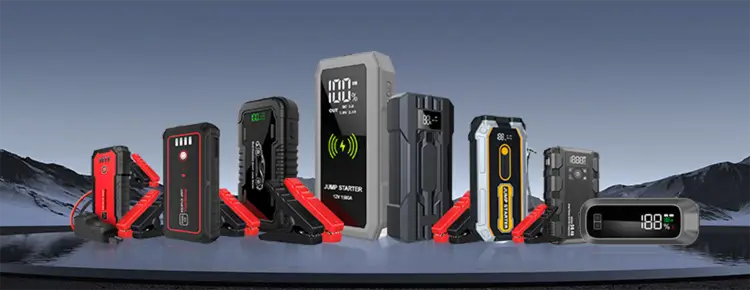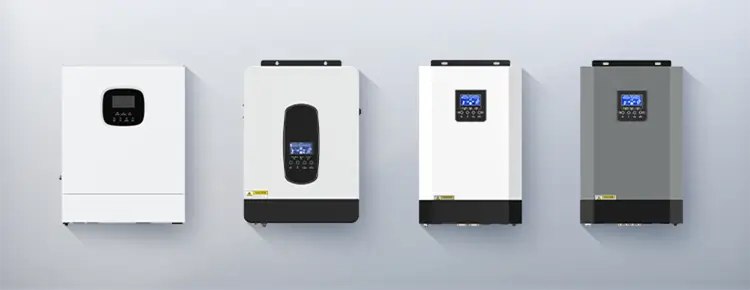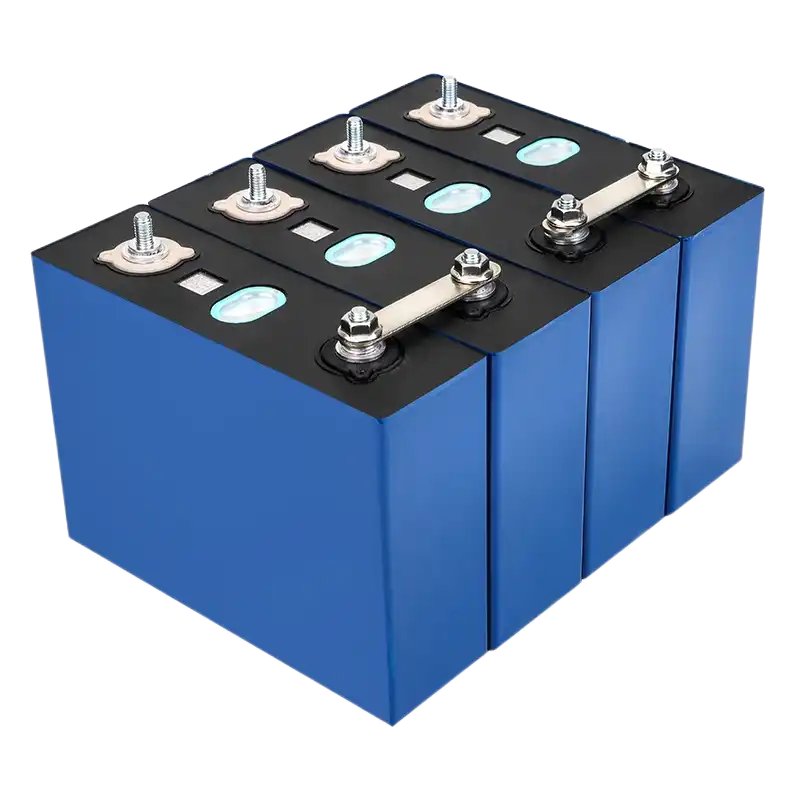



Blog
Hot Category
Latest Blog
26 Jan 2025
Nlelsen
In the world of batteries, the quality classification of battery cells is a very important concept. There are four levels: A, B, C, and D. Among them, A-level battery cells are at the top of the quality pyramid. The performance in all aspects is better than the other three levels. Next, let's introduce A-level battery cells in detail.

A-level battery cells are the highest quality type of battery cells, and their birth often has a strict production process. Usually, the factory using the battery cells directly places an order to the battery cell manufacturer, and the battery manufacturer carefully arranges production based on the factory's production capacity and technical capabilities. Before production, the battery manufacturer will inform the relevant parties of parameters such as battery capacity, thickness, length and width, and then the battery manufactured in full accordance with the order standards is called A-level battery cell. This customized production method ensures that A-level battery cells can accurately meet customer needs.
After multiple charge and discharge cycles, A-level battery cells can still maintain a high capacity. This feature is of great significance for various devices that rely on battery life, such as electric vehicles and smartphones, so that users can use the battery for a long time without worrying about the rapid decline of power.
Low internal resistance is a key advantage. This means that less energy is lost during discharge, which can power the device more efficiently. Just like water flows more smoothly in a wide pipe, low internal resistance allows the maximum use of electricity.
In the same batch of A-grade cells, parameters such as capacity and voltage are highly consistent. This is crucial for the multiple cells that make up the battery pack, which can ensure the stability and safety of the battery pack. If the performance of each cell is uneven, it is easy to cause imbalance inside the battery pack, which will cause various problems.
A-grade cells need to undergo rigorous safety tests, such as overcharge, over discharge, short circuit, and extrusion tests are essential. Through these tests, it is ensured that A-level batteries will not cause safety accidents under various possible conditions of use, so that users can feel more at ease during use.
A-level batteries generally have a QR code, which contains relevant detailed information such as battery specifications. It is like an ID card for the battery. Users can obtain various indicators of the battery by scanning the QR code. These indicators are safe and in compliance with the specifications. For example, the actual capacity of some brands of 100Ah lithium iron phosphate batteries is 102Ah.
Due to the excellent performance and quality of A-level batteries, they are generally used in areas with extremely high battery performance requirements, such as new energy vehicles. Of course, some digital electronic products with high battery quality and technical requirements will also use A-level batteries.
In short, A-grade batteries stand out among many battery grades with their excellent performance, strict production standards and rigorous safety tests, and become the ideal choice for users who need high-quality battery products.